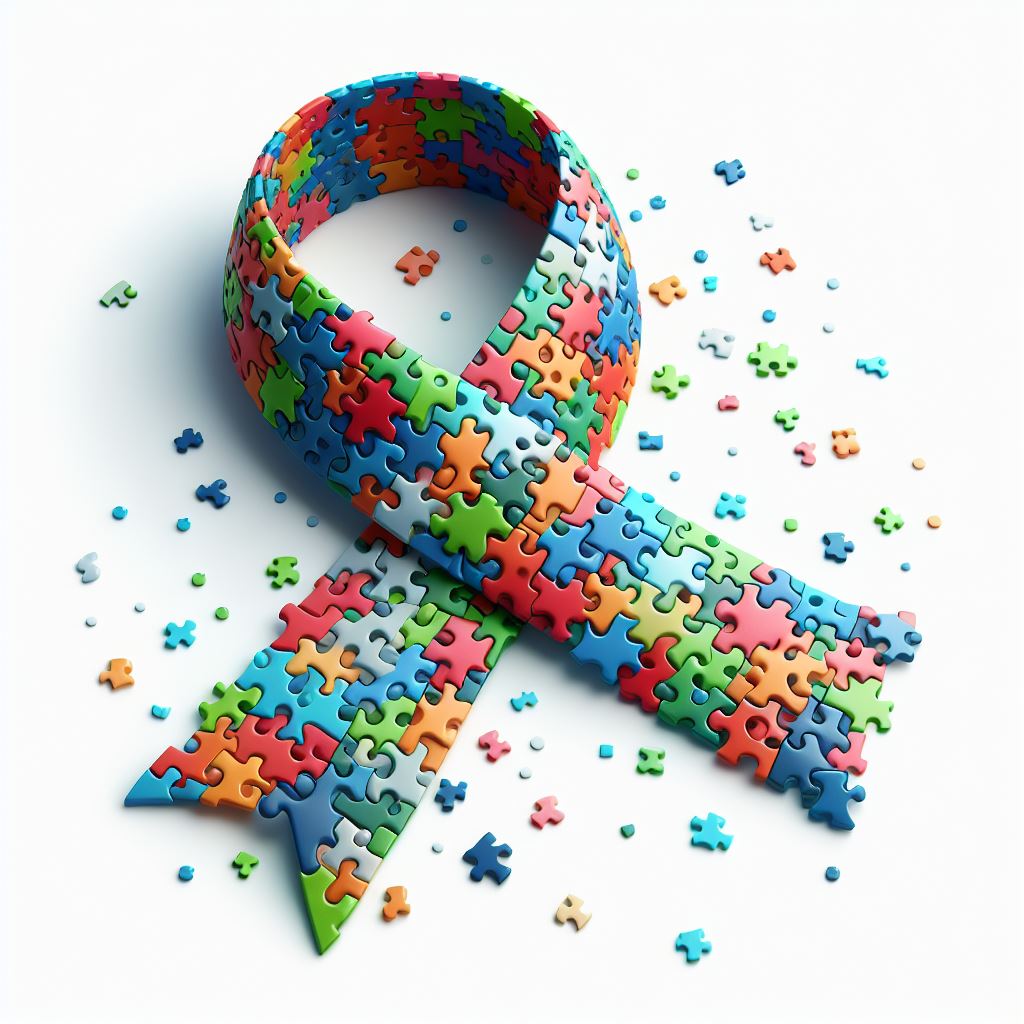Innovative Therapies and Therapies: Advances in Autism Research Study
Innovative Therapies and Therapies: Advances in Autism Research Study
Blog Article
Discovering Autism: Strategies for Reliable Interaction and Communication
Reliable interaction and interaction with people on the autism range require a thorough understanding of their one-of-a-kind needs and preferences. Strategies such as employing clear language, making use of aesthetic assistances, and promoting consistent routines can significantly boost involvement and lower stress and anxiety. Additionally, acknowledging the significance of non-verbal cues and shared passions leads the way for meaningful links. The details of these methods disclose additional factors to consider that merit expedition, particularly in just how they can be adapted to varied contexts and individual experiences. What might these adaptations resemble in practice?
Recognizing Autism Spectrum Condition
Autism Spectrum Problem (ASD) includes a range of neurodevelopmental problems characterized by challenges in social communication, interaction, and repeated actions. The term "range" shows the varied symptoms and differing degrees of seriousness experienced by people with ASD. While some might show substantial disabilities, others might present high-functioning characteristics, permitting higher freedom in everyday life.
The start of ASD usually takes place in early childhood, with signs frequently recognizable by age two. Very early signs might consist of postponed speech advancement, restricted eye get in touch with, and difficulties in comprehending social hints. The exact etiology of ASD remains unclear, research study recommends a mix of ecological and genetic aspects plays an essential role in its advancement.
People with ASD often possess unique staminas, such as heightened interest to information and remarkable memory abilities. Nonetheless, they may have problem with comprehending abstract principles and handling adjustments to routine. Because of this, interventions and assistance tailored to individual demands are vital for promoting interaction and social abilities. Acknowledging the complexity of ASD is important for promoting recognition, approval, and effective methods that facilitate purposeful interactions with people on the spectrum.

Value of Clear Communication
Efficient communication is vital for cultivating understanding and link, especially for people with Autism Spectrum Condition (ASD) Clear interaction not just promotes social communications however likewise enhances the person's capacity to reveal their requirements, thoughts, and feelings. For individuals with ASD, the nuances of language can usually be challenging; as a result, using distinct and straightforward language is important.
Additionally, clear interaction helps in reducing stress and anxiety that might arise from misconceptions. When messages are conveyed in a direct and constant way, people with ASD are much better geared up to translate details precisely, which can substantially improve their social involvement and engagement in different settings.
Developing regimens and using visual assistances can additionally boost clear interaction. These approaches give individuals with foreseeable structures that assist understanding and retention of details. Furthermore, proactively being and listening individual throughout interactions promotes a helpful setting where individuals with ASD feel valued and comprehended.
Inevitably, focusing on clear communication not just encourages people with ASD but likewise promotes even more purposeful links with their peers, caregivers, and the larger neighborhood, leading the means for comprehensive communications and collaborative relationships. - autism
Non-Verbal Interaction Strategies
Interaction expands past words, and for people with Autism Spectrum Disorder (ASD), non-verbal cues play a considerable duty in communications. Non-verbal interaction methods can consist of face expressions, motions, body movement, and eye call, every one of which offer as essential parts for sharing feelings and purposes.
Recognizing and analyzing these non-verbal signals can boost communications with people with ASD. For example, a warm smile or open position can produce a welcoming atmosphere, encouraging engagement. In a similar way, making use of visual help-- such as picture cards or symbols-- can link interaction voids and help share messages a lot more successfully.
It is additionally crucial to be mindful of individual area, as individuals with ASD might have different convenience levels concerning closeness. Observing their reactions to physical closeness can educate suitable changes.

Developing Helpful Atmospheres
Creating Recommended Reading an encouraging atmosphere is essential for fostering favorable interactions and boosting the wellness of individuals with Autism Range Disorder (ASD) Such settings can dramatically decrease anxiety and produce a sense of safety and security, enabling people to reveal themselves more easily.
To achieve this, it is important to think about sensory sensitivities that people with ASD might experience. Customizing the physical room to include soft lights, very little history noise, and comfy seating can produce a calming ambience. Additionally, utilizing constant More about the author regimens and clear visual timetables can help people anticipate shifts and lower uncertainty, additional advertising comfort.
Social areas need to be structured to minimize frustrating stimulations while providing chances for involvement in preferred activities. Promoting areas assigned for silent time can also work as a sanctuary throughout minutes of stress. Significantly, including components of choice equips people, permitting them to work out agency in their environment.

Motivating Social Interactions
Promoting social interactions among people with Autism Spectrum Condition (ASD) requires deliberate strategies that prioritize convenience and engagement. Developing foreseeable routines can help in reducing stress and anxiety, making social setups much more friendly. Developing structured settings with specified responsibilities and functions permits people to engage without the overwhelming stress of disorganized social dynamics.
Integrating passions and strengths into social tasks can function as a catalyst for communication. For instance, organizing group activities around shared hobbies or topics of attraction can facilitate natural conversations and connections. In addition, utilizing visual supports, such as social scripts or pictorial routines, can help in recognizing social signs and assumptions.
Designing ideal social actions is essential - autism. Peers and adults ought to demonstrate efficient communication methods, including active listening and turn-taking. Role-playing scenarios can also offer a safe space for individuals to practice these abilities
Last but not least, cultivating peer partnerships with comprehensive methods is vital. Motivating inclusive playdates or group getaways can develop chances for socializing in a comfortable setting. By implementing these approaches, caretakers and teachers can dramatically improve social interactions for people with ASD, promoting their overall social growth and wellness.
Final Thought
In conclusion, efficient communication and interaction strategies are necessary for supporting people with Autism Spectrum Condition. Stressing clear language, integrating non-verbal hints, and establishing predictable regimens significantly improve engagement and visit this site minimize anxiousness. Producing encouraging environments promotes secure social interactions, while motivating shared passions facilitates significant links. Ultimately, these techniques encourage people with autism to navigate social landscapes, promoting their total health and enabling the advancement of long-term relationships.
Reliable interaction and communication with people on the autism spectrum necessitate an extensive understanding of their distinct requirements and preferences. Clear communication not only assists in social communications yet additionally boosts the person's capacity to reveal their feelings, ideas, and requirements.Promoting social interactions among individuals with Autism Range Problem (ASD) calls for deliberate techniques that prioritize comfort and involvement. By applying these approaches, caretakers and teachers can dramatically improve social interactions for people with ASD, promoting their total social growth and wellness.
In conclusion, reliable communication and communication methods are important for sustaining individuals with Autism Spectrum Condition.
Report this page